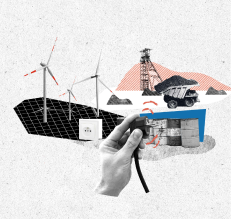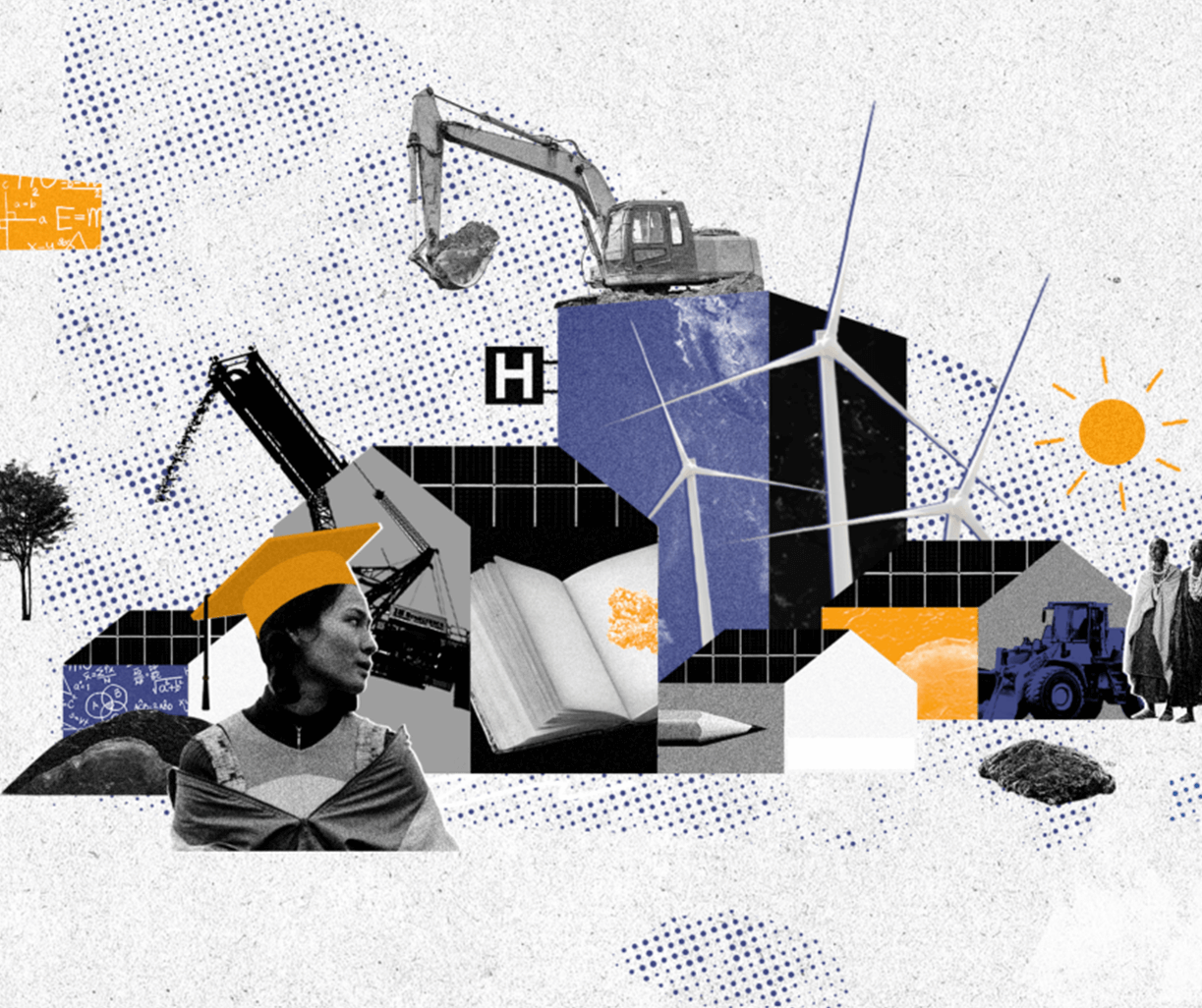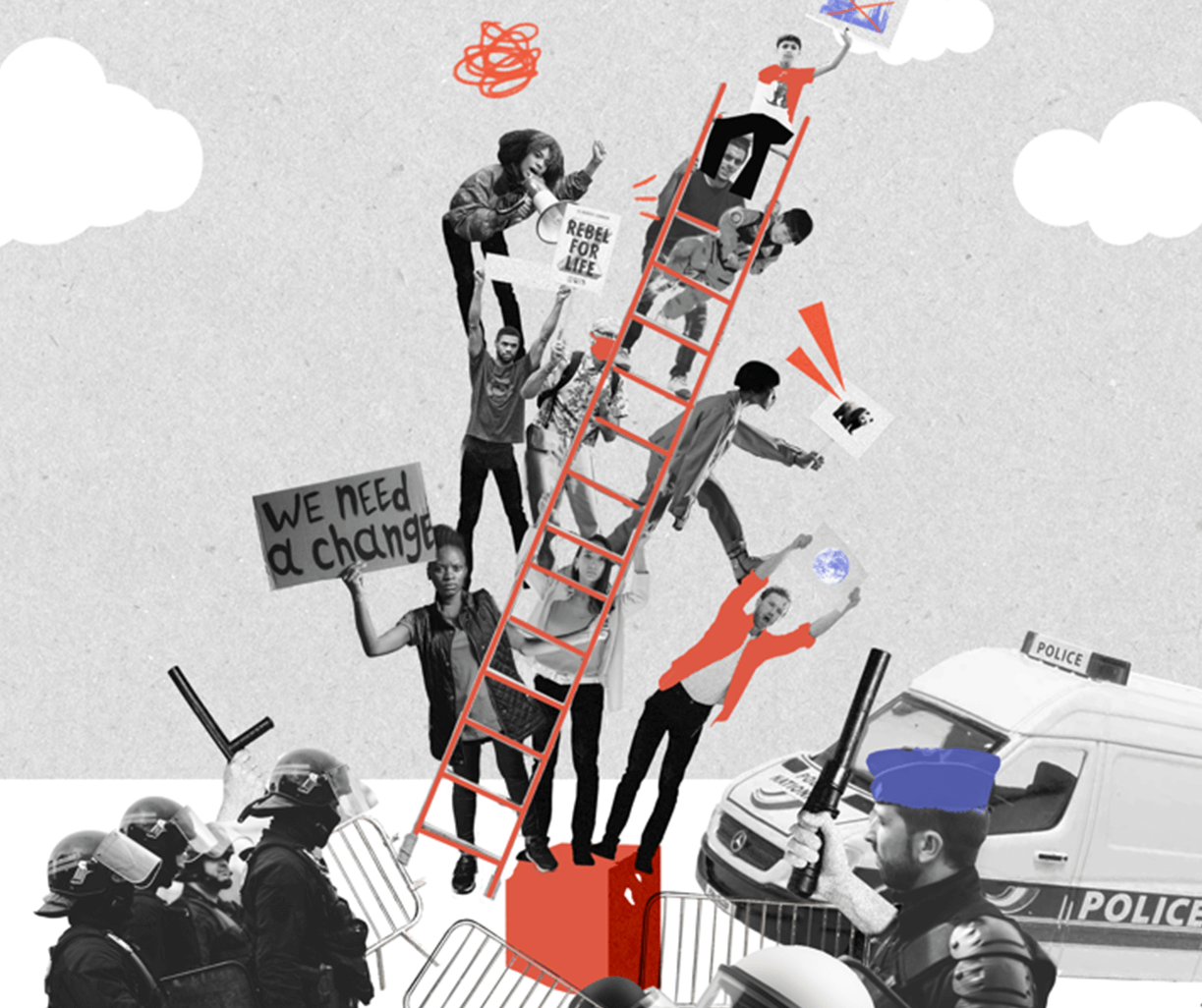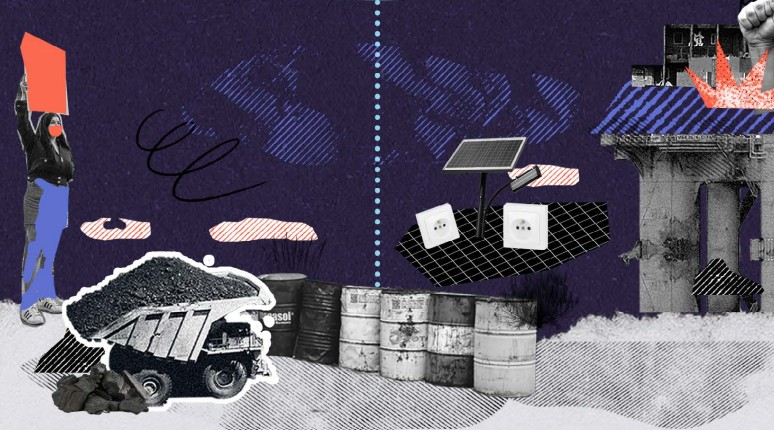Transparency and the challenging path to accountability, lessons from Gwanda mining community
Blogs and News
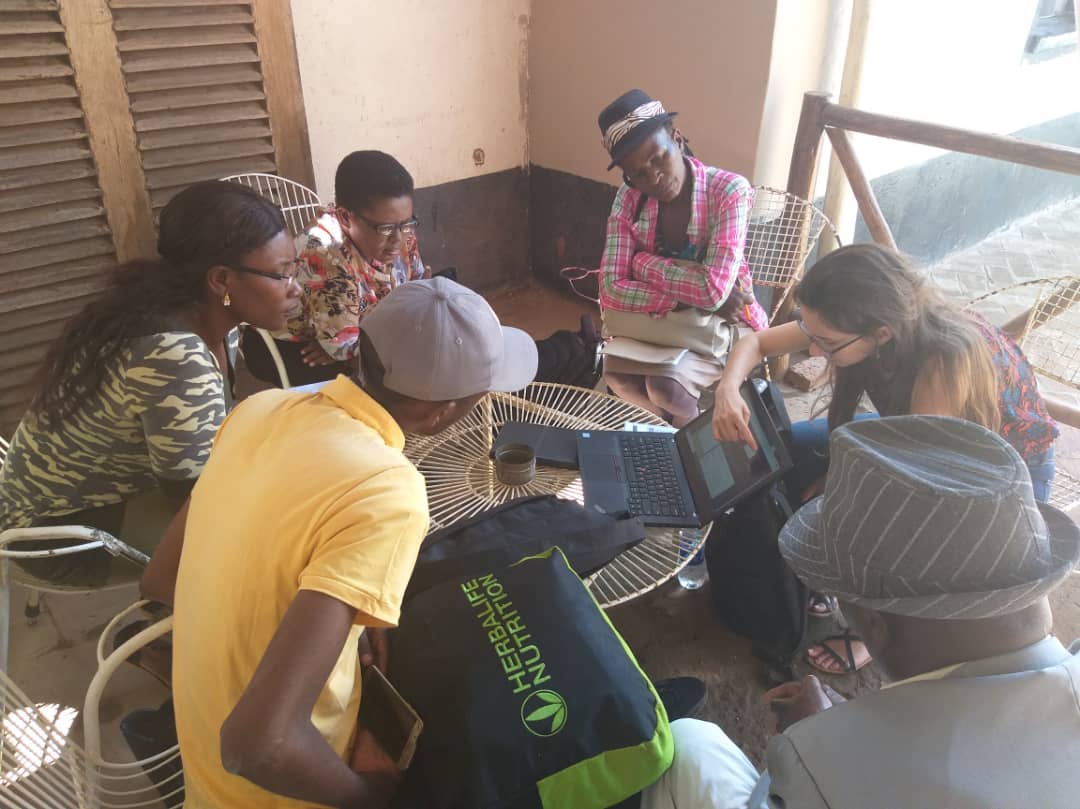
This is an extract from a blog, cross-posted from Mukasiri Sibanda’s website, which showcase the collaborative work of two PWYP coalitions – PWYP Zimbabwe and PWYP Canada. Zimbabwe Environmental Law Association (ZELA), Gwanda Residents Association (GRA) and Publish What You Pay (PWYP) Canada are currently working on a joint study, assessing the impact of Caledonia’s Extractive Sector Transparency Measures Act (ESTMA) reports in Gwanda district, Matebeleland South province of Zimbabwe. The focus of this article is to share preliminary findings from the field study which was conducted last week in Gwanda, 22 to 26 January.
One of the main challenges when collecting and analysing data from communities on development issues is to ensure community ownership and buy in of the whole process. A challenge we tried to mitigate by deliberately working together with community-based organisations to conduct key informant interviews (KIIs), Focus Group Discussions (FGDs) and to assess emerging patterns from the collected data. We worked with Gwanda Residents Association, Gwanda Economic Justice Network Community Trust (GEJNCT), and Gwanda Youth in Mining. With GRA, we went a step further and we are working together on compilation of research. The benefits are mutual.
“The biggest challenge is that communities do not know this data exists.”
Working with community-based organisations (CBOs) enabled us to have a more nuanced understanding of the local context, to leverage existing relationships to strengthen participation and to overcome the language barrier risks. Working with the CBOs on this study was also a mechanism to do on the job training for research skills. Before we started the data collection, we spent a half day going through the conceptual framework for the research to check for blind spots together with CBOs.
Gwanda not benefiting fairly from mining activities: mixed reactions
To try and loosen up the conversation on assessing the impact of Caledonia Mining Corporation’s ESTMA reports, we sought to find out the general perceptions of residents on their take concerning mining contribution to local development. Generally, most people interviewed were clear that Gwanda is not benefiting from mining activities. There was wide acknowledgement that Gwanda Community Share Ownership Trust (GCSOT) has made noticeable strides to improve health and education services, an achievement made during the first years of its operations. Communities now barely see the contribution of GCSOT on improving local service delivery. The GCSOT administrator concurred with the observations, and further explained “GCSOT has shifted its focus on local social service provision to support income generating projects to address sustainability concerns. We have not abandoned altogether the thrust to improve service delivery.” Whilst most interviewed people in Gwanda rural lamented little benefits from mining activities, they acknowledged GCSOST’s tangible contribution to local service provision – health, education and water infrastructure. A striking observation is that few people interviewed outside Gwanda knew that interventions made by the GCSOT were funded through dividends from the mining companies.
The opposite is true for residents in Gwanda town. They are clear that mining companies, Caledonia’s Blanket mine particularly, finance the operations of GCSOT. Residents of Gwanda town are not happy that they are directly affected by the impacts of mining activities due to their proximity to the town, yet they are excluded from the benefits of the GCSOT which is focused on rural development.

Figure 1: Following the focus group discussion, participants discuss how to find ESTMA data online at www.resourceprojects.org
Upon seeing the payments made by Blanket mine to Gwanda Rural District Council (RDC), a woman artisanal and small-scale miner (ASMer) remarked “we ASMers are not encouraged to pay taxes to Gwanda RDC as communities are not seeing any development from what is contributed by large scale miners.” This clearly demonstrates the far-reaching consequences of how a lack of transparency and accountability in the management and utilisation of mineral revenue can impact on domestic resource mobilisation buy in.
Transparency matters according to communities
Virtually all respondents solidly agreed that transparency in the mining sector is crucial. Several respondents were clear that transparency matters to them because the gold being mined is owned by the communities and they want to know the details of how much is gold is extracted, value realised, royalties, taxes and levies paid, what is received by various government institutions and how the mining revenue is spent since it impacts not only this generation but future generations.
“Leaders must be just as transparent as companies.”
Only a few demanded to know the terms and conditions for the mining agreements so that they could check if the deals were well negotiated to deliver on local development and for monitoring purposes as well. There was limited reference though to the Constitution. Only one respondent revealed that access to information is guaranteed under Section 62 of the Constitution, therefore, public access to information on mining is their right. There was no reference to other constitutional provisions like Section 298 (1) on principles of public financial management which calls for transparency and accountability in all public financial matters. Transparency and accountability during negotiation of mining agreements and for performance monitoring purposes is provided under Section 315 (2) (c) of the Constitution.
Another pattern that emerged from the KIIs and FGDs was that transparency is critical to build public trust and confidence among stakeholders – mining companies, government and civil society. Several allegations were raised mainly against Blanket mine which were hinged on transparency issues.
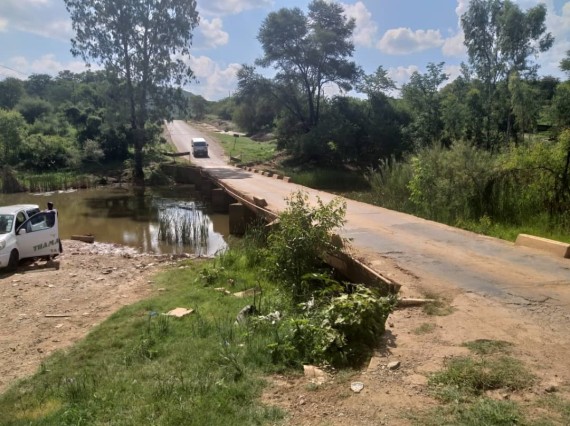
Figure 2: Bridge that leads from Gwanda to Blanket Mine.
[…]
Even though they are several large-scale mines operating in Gwanda, largely, the focus of respondents was on Blanket mine, because of its leadership role in gold production and recent media coverage. From the above comments or questions on Blanket mine’s opaque operations, effectively, it can be discerned that transparency is not only about disclosure but making data to be more accessible and easily palatable for communities. This is so because Blanket Mine on its notice boards displays monthly its performance data related to tonnage milled, gold recovered, gold price, earnings, profits and bonuses paid. Further, Caledonia’s ESTMA reports available online reveal various payments made to government institutions on annual basis. The company is also listed at the Toronto Stock Exchange (TSX), therefore, it is compelled to public release its operational and financial performance data which is available online. On paper, you can hardly ask for more from such as mining company, especially in Zimbabwe, a country that is not part of EITI, so the data produced by Blanket mine is gold. The main challenge though is, the company is failing to make use of transparency as a currency to engage with communities, build public trust and confidence. Civil society organisations (CSOs) have been found wanting on making data as widely accessible and easily understood by the communities.
Continue reading this blog by Mukasiri Sibanda, Emily Nickerson, and Bekezela Maduma here, where they share some of the findings when analysing ESTMA data.
